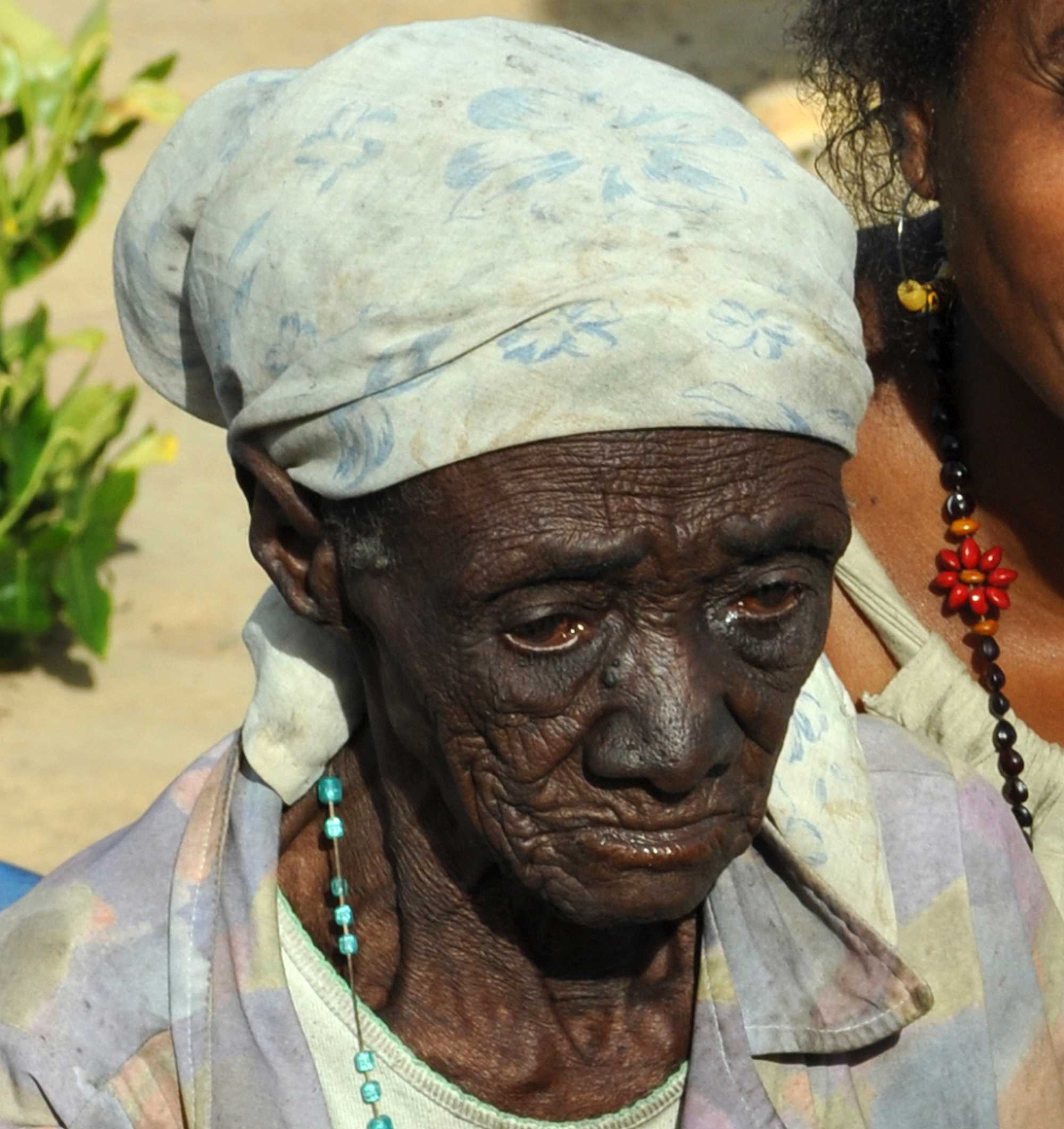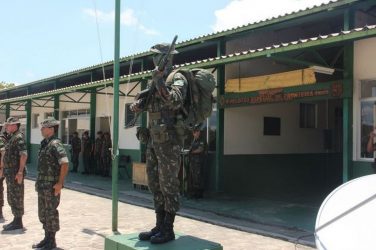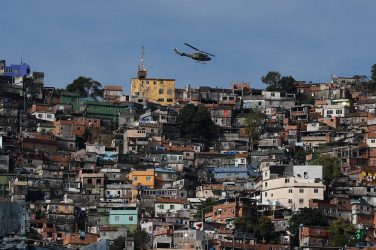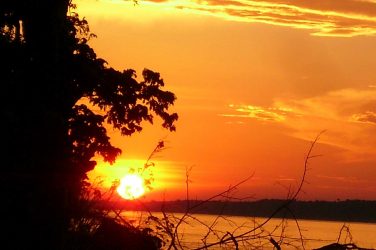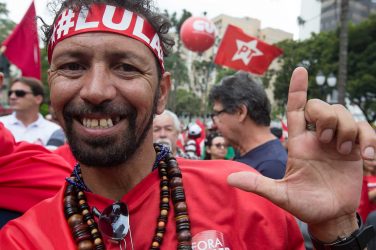With the recent onslaught of initiatives launched by Brazil’s wealthy ruralist elite to undo environmental and indigenous protections so as to seize more land for agribusiness, the plight of the Quilombolas — the people living in the remote hinterland communities set up by Afro-Brazilians, largely runaway slaves — has received little press.
Yet for Quilombola communities, the consequences of a legal action challenging their land rights, awaiting judgement in Brazil’s Supreme Court, could be dramatic and devastating.
Between the 16th to 19th centuries, an estimated four million Africans were transported from Africa to work as slaves on Brazil’s estates. Some escaped, fleeing slavery’s brutality, and determined to preserve their African cultural heritage, which had been fiercely repressed during captivity.
They avoided recapture by living unobtrusively in isolated regions, as far away as the Amazon, carving out homes in the rainforest. Having little contact with the outside world, some only learned of Brazil’s official abolition of slavery in 1888 decades after the event.
The Quilombolas — who had worked for centuries to hide their existence — were, after emancipation, a widely forgotten people and ignored in wider Brazilian society.
The nation’s new 1988 constitution became a watershed for the Quilombolas, just as it did for indigenous people. The document, coming as the country moved from military dictatorship to democracy, “defined [ethnic collective] rights that had been disregarded before, because the legal [individual and private property] norms had reinforced a unilateral, white and exclusionary narrative,” said anthropologist Janaína Campos Lobo.
Quilombolas began emerging from the forest, demanding their land rights be officially recognized.
But progress was very slow. The Coordination of the Articulation of Quilombola Black Communities (Conaq), a social movement that emerged early in this century to defend the Quilombolas, reports that a mere 9.7 percent of the 5,000 quilombos (as the communities occupied by the Quilombolas are known) have received definitive land titles. That uncertainty has put some communities — located on rich soils coveted by agribusiness or atop valuable mineral deposits — at grave risk.
A major setback occurred at the beginning of this century when the Fernando Henrique Cardoso government passed Decree 3.912/2001 which required the communities to prove that they and their ancestors had lived continuously on the land they claimed from 1888, the year slavery was abolished, to 1988, the year of the new constitution. The decree also stipulated that only individual land deeds could be issued — not communal ownership deeds.
This so-called marco temporal, or time limit, excluded numerous existing quilombos. Many descendants of slaves claimed land from which they’d been violently evicted before 1988. Others had established quilombos after the 1888 end of slavery as a way of combating repression they continued to face in the 20th century. The decree also went against the spirit of the 1988 Constitution, which for the first time recognized collective property ownership.
An important land rights breakthrough for the Quilombolas came under the progressive Lula government. In 2003, it issued a new decree, Decreto 4.887, abolishing the marco temporal, and establishing that the communities possessed inalienable rights, and should be granted sufficient land to guarantee physical and cultural continuity.
The decree also set up a working group, with Quilombola representatives, in accordance with the International Labor Organization’s Convention 169, ratified by Brazil, which rules that traditional communities must be consulted with respect to legal and administrative matters affecting them.
But Lula’s decree has never been accepted by Brazil’s rural elite or right-wing political parties, particularly one of the largest, the DEM, previously known as the Liberal Front Party (PFL).
The DEM argues that the quilombos have been given the right to arbitrarily decide for themselves which land is theirs. “The DEM isn’t against giving land to quilombos,” explained Fabricio Medeiros, the DEM lawyer, but the party wants historical and anthropological criteria to be taken into account.
“Without ignoring the legitimate right of the Quilombolas to land, we must recognize that there exist other interests that must be considered.”
In response, Juliana de Paula Batista, the attorney for the NGO Instituto Socioambiental (ISA), notes that strict standards are already taken into account:
“Communities must satisfy a set of demanding historical and anthropological criteria before they can state which land they want,” she said. “I have no doubt that there is a strong element of racial discrimination in this legal action by DEM.”
Fernando Prioste, a lawyer for another NGO, Terra de Direitos, states his view bluntly: “The DEM can be considered a political descendant of yesterday’s slave owners.”
In 2004, the DEM went to court to annul Lula’s decree, but that legal action has languished in the Supreme Court ever since. However, in recent months the annulment request has moved up the political agenda, probably because of the unprecedented power now of the ruralist lobby in President Michel Temer’s government.
It is likely that the DEM believes that in today’s agribusiness and mining friendly political climate, the Supreme Court could well rule in the party’s favor. The action was due to be judged on 16 August, but at the last moment was taken off the agenda by the Supreme Court, because one of the ministers involved in the case was absent due to a health problem. A new date has not yet been set.
Meanwhile, the process for marking out quilombo land boundaries has come to a complete standstill. BBC Brasil reported earlier this year that Temer’s Chief-of-Staff sent instructions to INCRA (the federal National Colonization and Agrarian Reform Institute) for all work on quilombos’ demarcation be halted, pending the Supreme Court’s verdict.
The result is a big backlog in land rights claims. According to the São Paulo Pro-Indian Commission (CPI-SP), INCRA is now sitting on 1,675 demands from Quilombolas for land.
Fearful that the Supreme Court could reintroduce the marco temporal, or even question the fundamental legality of the quilombos, the communities have mobilized. On 15 August, Conaq delivered a petition to the Supreme Court signed by more than 70,000 people in defense of Lula’s decree establishing the inalienable land rights of quilombos.
But, thanks to the uncertainty, and the growing confidence of elite ruralists emboldened by a potential victory, violence has soared. According to Conaq, from January to August of this year, 13 people living in quilombos were assassinated. Six of the 13 were leaders playing a key role in on going land conflicts. In 2016, there was only one death.
Some of the great epics of Brazilian history spring from the quilombos. The Quilombo de Palmares, for instance, was established gradually in the 17th century as up to 20,000 fugitive slaves, Indians and various outcast groups (including Jews and Muslims) set up a free community in northeastern Brazil in what is today the state of Alagoas.
It took 40 years for the Portuguese to regain control there and Zumbi, who led the Palmares resistance, became a national hero, still venerated by Afro-Brazilians today.
With political pressure and aggression against them rapidly growing, the Quilombolas hope to tap into this historical legacy and to marshal support for their cause. But, demoralized by the rural elite’s political strength, and the government’s apparent indifference to public opinion, mobilization will not be easy.
This article appeared originally in Mongabay – https://news.mongabay.com


